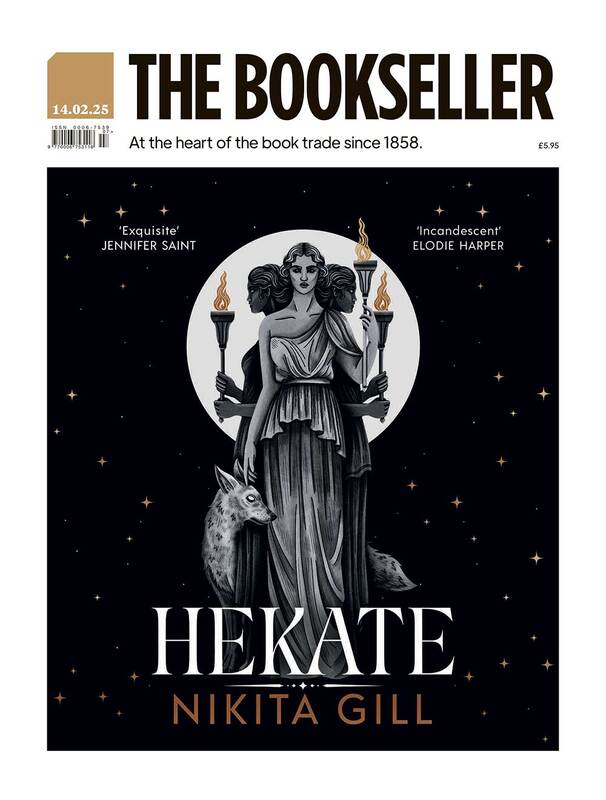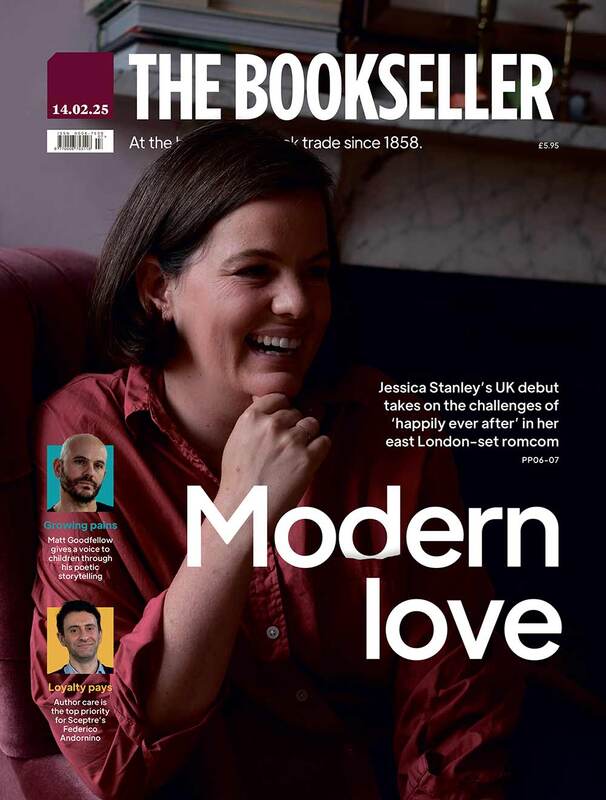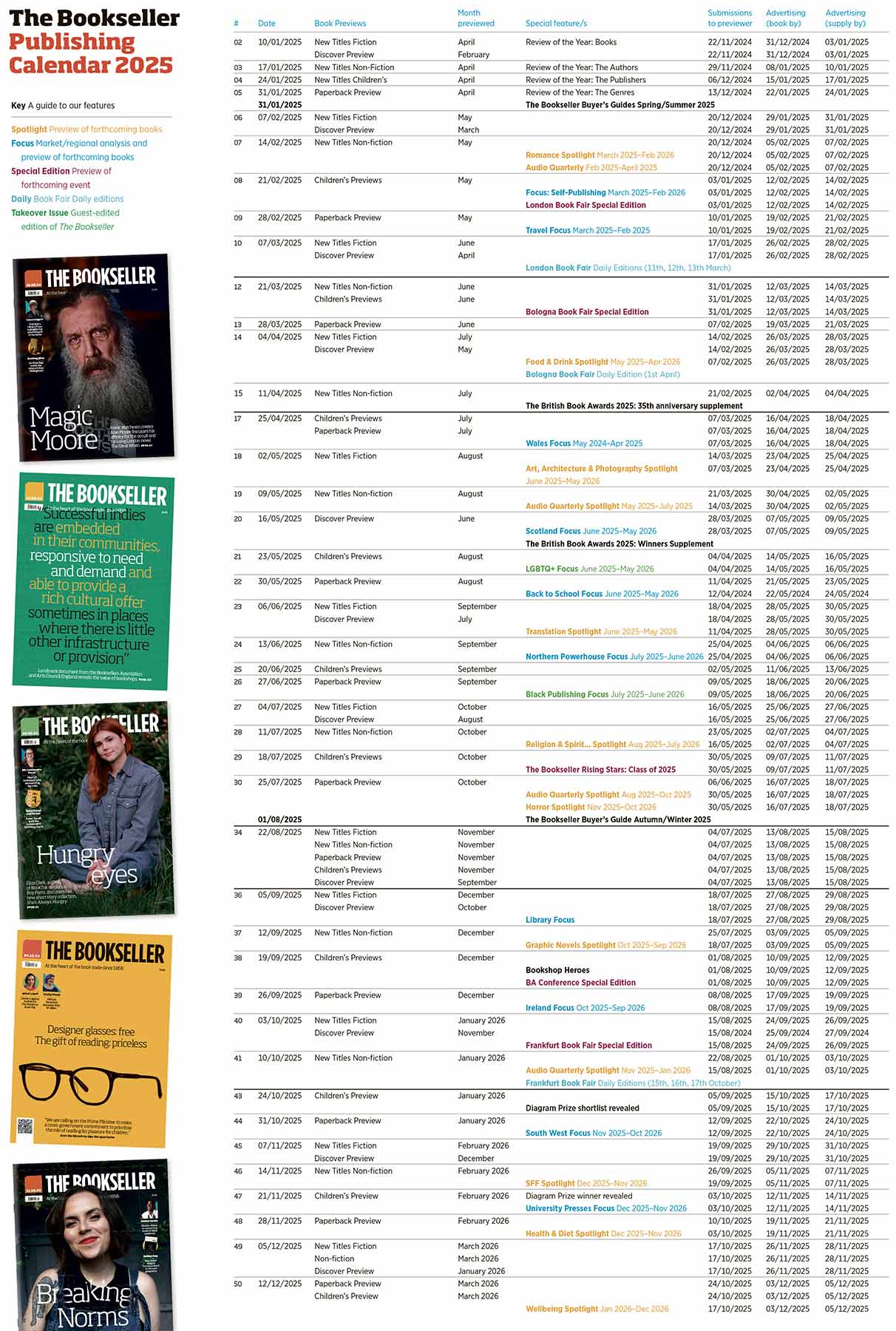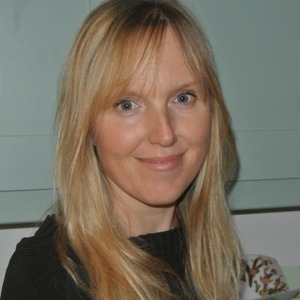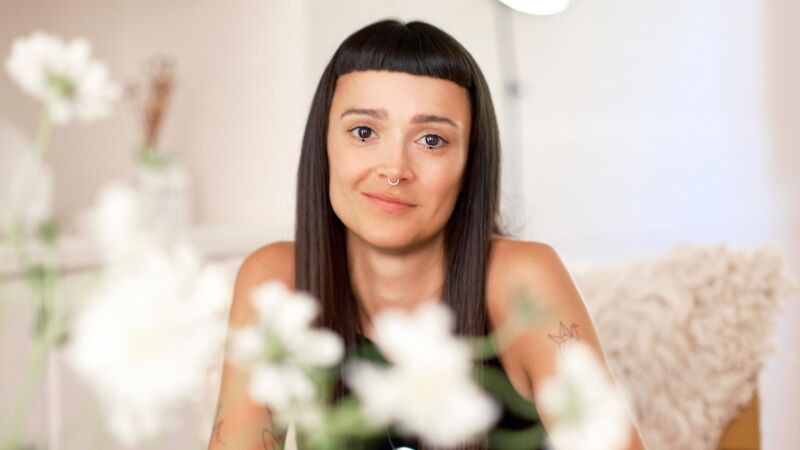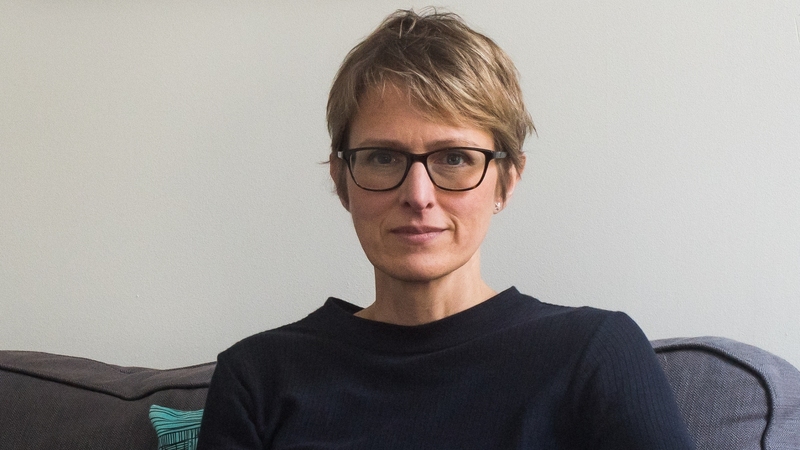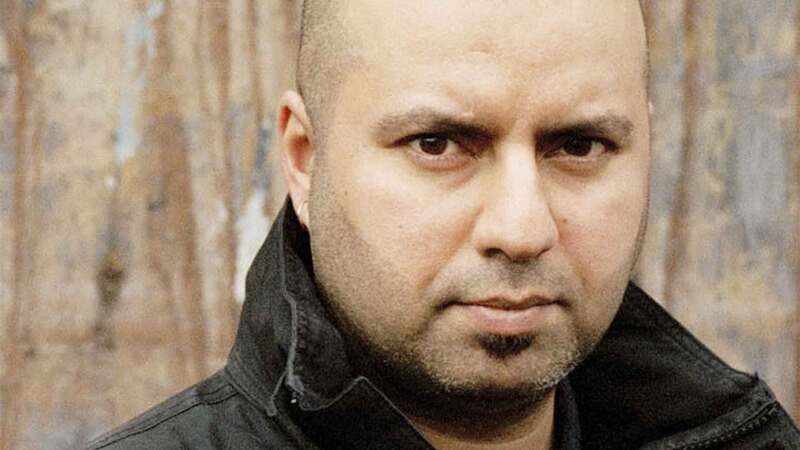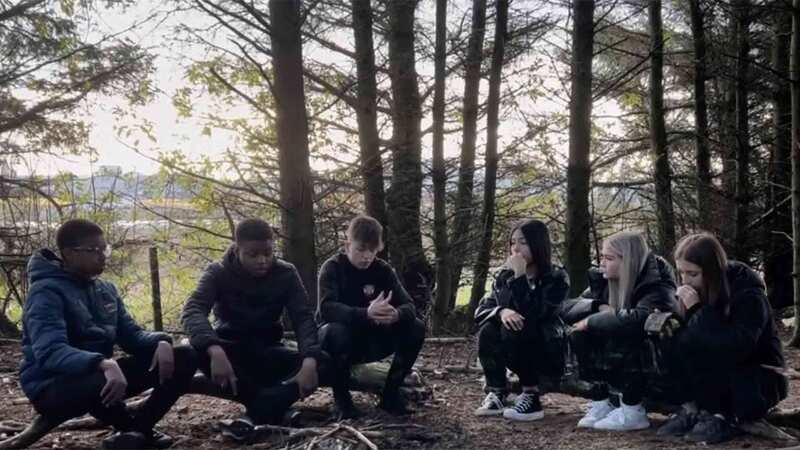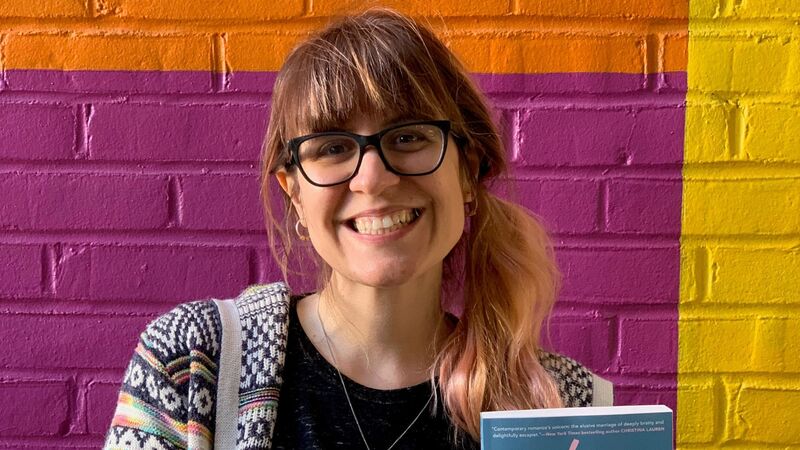You are viewing your 1 free article this month. Login to read more articles.
'YA and children's books deserve to be judged separately'
The Carnegie shortlist was announced last night to huge fanfare. It's an impressive list including some of today's most exciting writers: Sarah Crossan, Patrick Ness and Frances Hardinge. It's almost exclusively YA: Five on the Western Front by Kate Saunders is the only younger title to get the nod this year. In the past decade the Carnegie has trended older and older and has been nearly always awarded to a YA book. The Graveyard Book and A Monster Calls are the only younger titles to claim the medal in recent times and the shortlists are equally dominated by books for older readers.
It wasn't always so. Arthur Ransome's Pigeon Post won the inaugural Carnegie in 1936, and the list of winners is bursting with children's classics: The Little White Horse, The Last Battle, The Borrowers, Tom's Midnight Garden, The Turbulent Term of Tyke Tiler and The Owl Service to name just a few. But as YA emerged as a distinct category in the late 1990s this began to change. This is partly due to an explosion of excellent YA writing, but there's a whole wonderful world of children's writing for under 12s that seldom makes the shortlist and deserves greater recognition. I would love to see CILIP introduce separate medals for Children's and YA fiction. Yes, there are other awards, but none that carry the gravitas of the Carnegie. It's the Booker of the children's world, hugely respected and the one that gets the media attention.
My Twitter mentions exploded when I suggested this. I have long heard grumblings about the older slant of the award, many publishers will admit off the record that they now see little point in campaigning for younger titles. There is also a widely held feeling amongst middle-grade writers that fiction for under 12s just isn't valued in the same way. But some of the most telling feedback has been from primary school librarians. The Carnegie shadowing scheme is an incredible initiative involving reading groups in schools and libraries, engaging tens of thousands of children and young people in reading. Something I have heard countless times is that many primary schools feel shadowing is now impossible; Anne Thompson, a school librarian for 16 years, concurs that the trend for older books ”has become more noticeable. Disappointing in view of the quality available” whilst another commented that she could only stock one of this year's shortlist in her school library.
What I suggest is in no way a criticism of the judges or shortlisted books: few awards have such a rigorous judging process involving such passionate advocates of children's literacy. Matt Imrie, one of this year's judges, tells me that the topic has been mooted. Agnes Guyon, chair of the 2015 judges, wrote that the suggestion was given due consideration but found “this would not be in the spirit of the award...questions regarding the intended audience of the award have never been part of the criteria”. But I believe YA is now a category as distinct from Children's fiction as picture books, and the two deserve to be considered separately. Perhaps this is the moment to look to the US where the American Library Association has addressed the issue very effectively with the Newbery Medal for children's fiction, and the Michael L Printz Award for young adult books. There is a real opportunity to celebrate the wealth of writing for younger children and to inspire a love of reading with outstanding books picked by experts. So wouldn't it be amazing to have a category engaging primary school children in the same way that secondary schools are?
Fiona Noble is The Bookseller's children's previewer.

